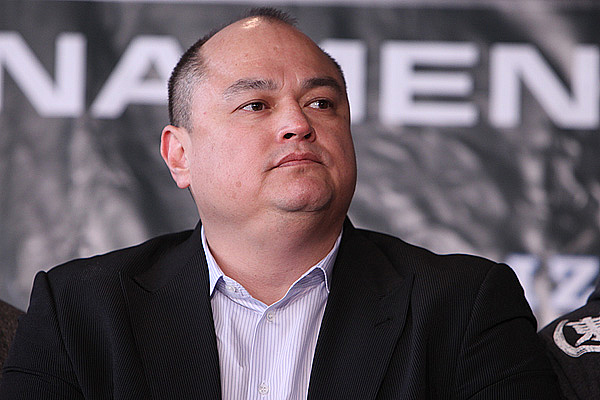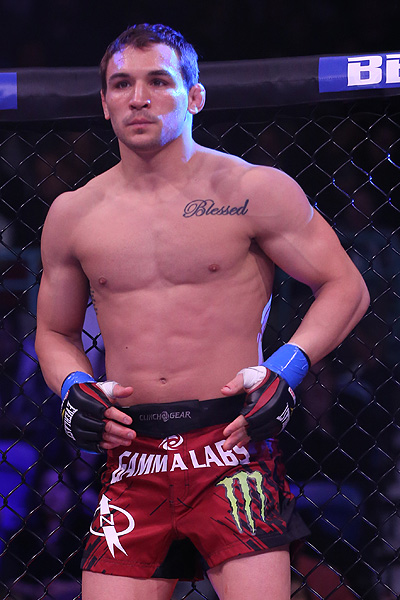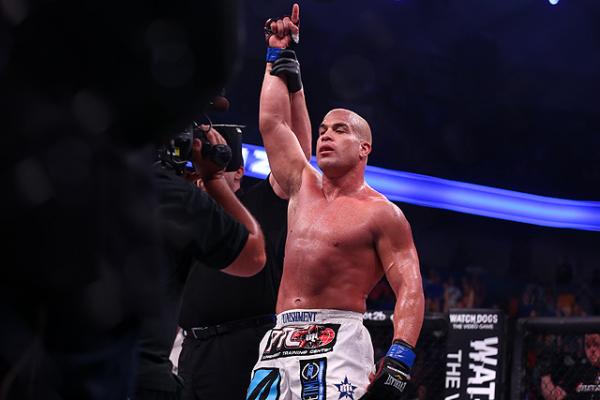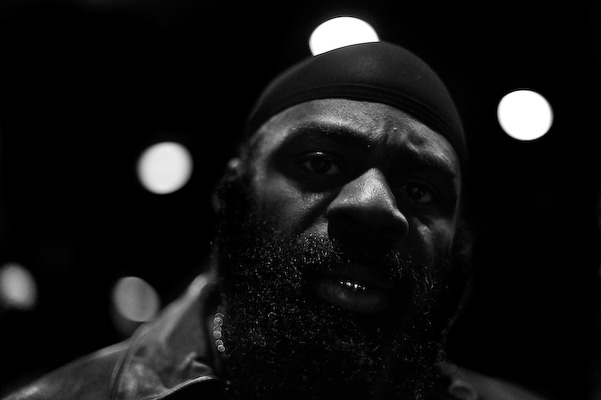Bellator MMA: Six Years Later
Philosophical Changes

Scott Coker has charted a new course for Bellator. | Photo: Dave
Mandel/Sherdog.com
While the transition from the first season of Bellator into the second produced great changes, the transition between the second and third produced few. Season 3 took place shortly after the second and featured three tournaments won by Konrad, Makovsky and Zoila Frausto.
Perhaps the biggest missed opportunity for Bellator came in that women’s 115-pound tournament. Bellator lined up a loaded field, including Penne, Frausto, Megumi Fujii, Carla Esparza, Jessica Aguilar, Lisa Ellis and Aisling Daly. The UFC was showing no interest in female fighters at that time -- Ronda Rousey had not yet competed professionally -- and Bellator could pick and choose the best female 115-pound fighters through which to build its division. Instead, Bellator lost interest, and those fighters all trickled into other organizations.
Advertisement
It was a wise strategy. While so many MMA promotions have haphazardly thrown away millions without the ability to make back the money, Bellator bided its time and waited for the right deal to come along. Beyond not spending too much on fighter payroll, Bellator used a number of other strategies to create time to line up the right partnership.
Rather than spending large amounts promoting individual shows,
Bellator sold many of its events to local casinos and malls.
Bellator received a set payout and locals were responsible for
bringing in the fans. Bellator was also aggressive in lining up
brand-name sponsorships. It reached early deals with Ford and
Everlast, later inking deals with Miller Light and Dave & Buster’s.
Those sponsors added funds in the short-term while establishing
corporate credibility in the long-term. Now, Bellator just needed
to someone to buy in.
That someone came along in late 2011, when Viacom bought a majority share in Bellator and moved the promotion to Spike TV. It was the most important development in the history of the promotion, the moment when Bellator finally had the backing and stability it had long sought.
The days of hustling were over. Bellator could now turn all its focus to putting on the best product possible. The promotion would continue in largely the same form, but a number of key changes would be made.
With Spike TV at the helm, Bellator targeted a reality TV show as a vehicle to help build Bellator, just as “The Ultimate Fighter” helped to build UFC. Unfortunately for Bellator, “Fight Master” proved to be one of the biggest misfires in company history. It did little to distinguish itself from “The Ultimate Fighter.” Strangely, the show was built around coaches who would not be fighting for the promotion: Randy Couture, Greg Jackson and Frank Shamrock. Ratings were poor. The humiliating coup de grace came when the winner of the show, Joe Riggs, was not even locked up beyond the final of the “Fight Master” tournament. Riggs promptly left for the Ultimate Fighting Championship. “Fight Master” has not returned after its inaugural season, and it is highly unlikely a second season will ever come.
If “Fight Master” was a decided flop, other moves under Viacom-run Bellator produced mixed results or outright successes. The siren song of so many fledgling MMA promotions over the years has been pay-per-view. From Extreme Fighting and MARS through World Fighting Alliance, Affliction and YAMMA, there has been no shortage of MMA promotions that thought they could make it on pay-per-view. Bellator resisted the urge to run on PPV in its early days, but by the time the promotion moved to Spike TV, the feeling was that Bellator had the guns to try out the platform.
After the first attempt to run on pay-per-view fell through because of an injury to Ortiz, Bellator finally turned to PPV with Quinton Jackson-Muhammed Lawal, Will Brooks-Chandler and Ortiz-Shlemenko. The event drew a respectable 100,000 buys. That number was not enough to justify the lofty contracts of Jackson and Ortiz, but it was enough to show there was some promise in occasional pay-per-view events attempting to capitalize on Bellator’s TV created stars.
The biggest change in Bellator has come in its approach to talent. Over time, Bellator has evolved from a “seller” to a “buyer.” The change did not come all at once, and it accelerated when Coker was put in charge. Rebney’s initial approach was to create new stars, signed at affordable contracts. When those stars grew in prominence, many of them ended up leaving the company, from Alvarez and Lombard to Askren and Konrad. Signing a roster of high-paid talents has led to the demise of countless MMA promotions.
With Viacom money behind Bellator, the promotion became more aggressive in signing established stars to lucrative deals. Under Coker, the trend is likely to accelerate. Ortiz, Jackson, Lawal, Kimbo Slice, Bobby Lashley, Stephan Bonnar and Cheick Kongo do not come cheaply. The positive: Ratings are likely to continue to increase with more identifiable stars headlining events.
The downside: Bellator may no longer be the same cost-effective programming that it once was.
Six years in, Bellator finds itself at a crossroads. Coker has an entirely different vision than Rebney did. Bellator’s next six years are likely to look much different than its first six years. Hopefully, those in charge of the promotion will learn from the positive and negative lessons that allowed Bellator to rise from nothing to MMA’s No. 2 company. Few MMA promotions have ever come so far, and the wild ride is likely only just beginning.
Related Articles










